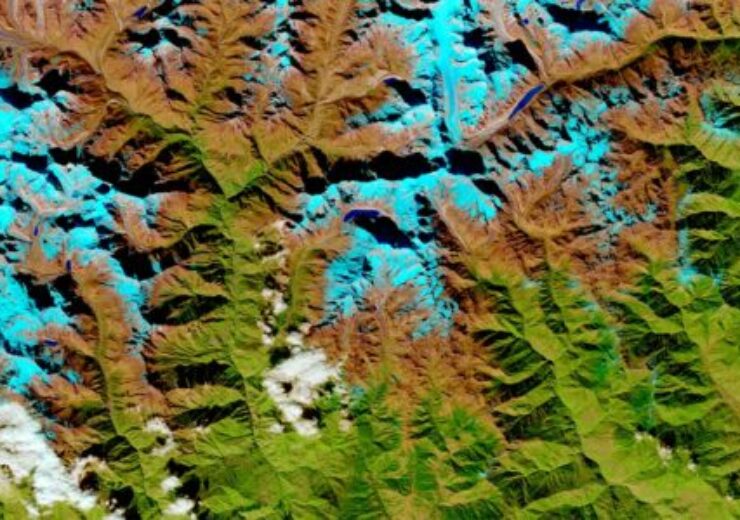The model has been trained on HLS for one year across the continental US and fine-tuned on labelled data for flood and burn scar mapping and has so far shown a 15% improvement over cutting-edge techniques using half as much labelled data

IBM and NASA open source geospatial foundation AI model built by leveraging the latter’s HLS dataset on Hugging Face. (Credit: IBM)
IBM and NASA announced that the former’s watsonx.ai geospatial foundation model built by leveraging the space agency’s Harmonized Landsat Sentinel-2 (HLS) dataset will be openly available on Hugging Face, an open-source artificial intelligence (AI) platform.
According to IBM, it will be the largest geospatial AI foundation model to be available on Hugging Face and the first of its kind open-source AI foundation model developed in partnership with NASA.
The model has been trained on HLS for a year across the continental US and fine-tuned on labelled data for flood and burn scar mapping.
So far, it has shown a 15% improvement over cutting-edge techniques using half as much labelled data, said IBM.
Through further refinement, the base model can be redeployed for activities including tracking deforestation, forecasting crop yields, or detecting and monitoring greenhouse gases.
IBM said that the model utilises its foundation model technology and is part of the company’s larger effort to develop and train AI models which can be utilised for various tasks.
IBM Research AI vice president Sriram Raghavan said: “The essential role of open-source technologies to accelerate critical areas of discovery such as climate change has never been clearer.
“By combining IBM’s foundation model efforts aimed at creating flexible, reusable AI systems with NASA’s repository of Earth-satellite data and making it available on the leading open-source AI platform, Hugging Face, we can leverage the power of collaboration to implement faster and more impactful solutions that will improve our planet.”
By making a geospatial AI foundation model available through Hugging Face, both parties expect that initiatives can advance to democratise access and application of AI to create new innovations in climate and Earth science.
NASA chief science data officer Kevin Murphy said: “We believe that foundation models have the potential to change the way observational data is analysed and help us to better understand our planet.
”And by open sourcing such models and making them available to the world, we hope to multiply their impact.”
Earlier this year, IBM and NASA’s Marshall Space Flight Center forged a partnership to leverage the former’s AI technology to discover new insights in the space agency’s repository of Earth and geospatial science data.


